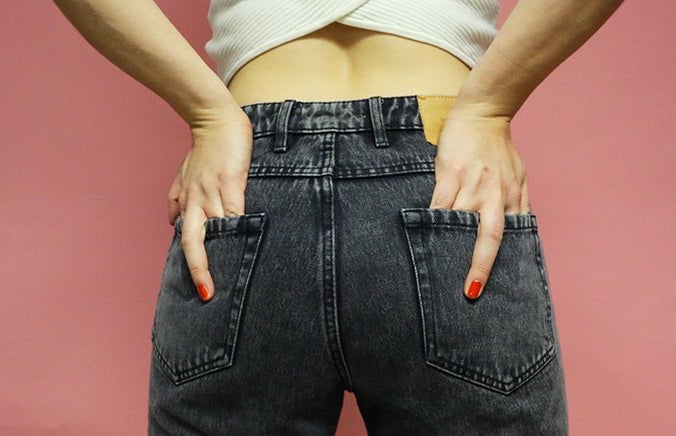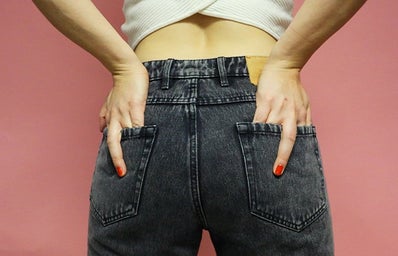“Hey, I love your dress!
Thanks, it has POCKETS!”
You may not realize it, but pockets represent much more than what they are credited for. Ask a woman what a pocket means to her, she will excitedly explain her love for a dress with pockets. Getting hold of a dress with big and functional pockets is the greatest achievement for us women while shopping, rendering the venture successful. The dress is cherished like no other and held as a matter of pride till it wears out. But why is such a basic attribute of clothing, a simple pocket, denied to women? Why does it have to be treated like a luxury?
According to the YouTuber and former costume assistant Bernadette Banner, “A pocket is a personal item…representative of material autonomy that many women for much of the history were not able to partake in.” This is because pockets contain what others cant see, they are your personal items, and it is upon your liberty to keep inside whatever you desire. European women during the medieval times used to wear pockets, big enough to carry heavy items like books, accessories, or even live chickens at times. These were separate garments concealed inside the skirts, looped within belts. Evidence suggests pockets began to be worn around the 17th century. In India, wearing unstitched garments was standard, yet here too people wore pockets similarly, in the form of a pouch. Gradually, the pockets began to be sewn in the garments, and the trend carries on to this day.
But if we observe women’s clothing nowadays, most pockets are smaller than mobile phones, if you miraculously find one in the first place. The issue isn’t just about the quantity, but also size. Whereas men’s clothing trends never show such a problem. One reason is the change in fashion and types of clothes worn by men and women. In the western world, men wore garments made of sturdier material and that hasn’t changed much to this day. While women’s clothes became lighter and more flowy, pockets on which would not be practical and the items too heavy to be kept inside them. The western clothes are now worn extensively in various parts of the world, including India, and the pocket issue doesn’t seem to be resolved.
Here enters the good old sexism. The fashion silhouettes for women have become more body hugging than before, and the beauty standards regard skinnier bodies in higher esteem. As a result, poor pockets get demonized for ruining the shape of a skinny jeans and making the wearer look ‘fat,’ forcing many young women to prioritize superficial looks more than comfort and convenience. We also get similar examples of sexism scattered throughout the history. Authoritative figures have a weird obsession of restricting women’s liberties. During the French Revolution, they banned pockets in women’s clothing to prevent them from hiding revolutionary materials in them. Pockets have been accused to promote witchcraft or spreading ‘immoral’ items, to making clothes look bulkier, disrupting clothing the lines and creases. Pockets now serve the purpose of aesthetic and shape of a garment than utility, a result of which is the creation of the abomination called fake pockets.
Pudding Pool conducted a survey of pockets in jeans made for men and women in 2018 and observed that the average length of men’s pockets was 9.1 inches, whereas for women it was mere 5.6 inches, making them 48 per cent shorter and 6.5 per cent narrower than the men’s. They also found that a fairly small amount of women’s pockets could fit their wallets or mobile phones, in fact they cant even fit a whole hand inside them. Denying women bigger pockets compels them to carry big bags and purses anywhere they go, occupying their hands and restricting their motion. Another option is to give your items to a male accompanying you, depending upon him to carry them for you. No woman wants that in this day and age, and if women are furious about the issue, it is rightfully justified.
[Author’s Note: If you’d like to know more or research about the history of pockets, I’d recommend watching Bernadette Banner’s video on women’s pockets which I found quite useful and interesting]


